Sixties Fan
Diamond Member
- Mar 6, 2017
- 68,379
- 12,283
- 2,290
- Thread starter
- #2,281
Follow along with the video below to see how to install our site as a web app on your home screen.
Note: This feature may not be available in some browsers.

Actually, the Zionists didn't even address the "nationness" of the Palestinian Arabs, who themselves didn't assert such a status (except for a tiny number of intellectuals) until decades after Zionism was established.Since the inception of their war against the Palestinian people, Zionist ideologues did not argue for Jewish self-determination but rather sought to delegitimise the indigenous Palestinians’ right to it. In the tradition of all colonial powers which denied that the colonised were a nation, the Zionists began by denying the nationness of the Palestinians.
Massad takes this statement out of context. The ZO's proposals were not meant to be a definition of Zionism, rather recommendations to the allies with an eye to what was politically possible. Even so, they did use the language of rights in their suggested conference statement: "The High Contracting Parties recognize the historic title of the Jewish people to Palestine and the right of Jews to reconstitute in Palestine their National Home. "At the Paris Peace Conference at the end of World War I, the Zionist Organisation (ZO) did not invoke any "Jewish" right to self-determination, even though self-determination was all the rage at the conference, with colonised peoples from around the world affirming this right to liberate themselves from the colonial yoke.
The ZO instead argued that Palestine "is the historic home of the Jews…and through the ages they have never ceased to cherish the longing and the hope of a return".
Herzl's definition was "Zionism has for its object the creation of a home, secured by public rights, for those Jews who either cannot or will not be assimilated in the country of their adoption."It is most important to note in this regard that, unlike the more recent and increased use by Zionists of the notion of Jewish self-determination, neither Herzl’s writings, the 1897 first Zionist Congress, the Balfour Declaration of 1917, nor the 1922 Palestine Mandate employed the language of "rights", let alone the right of self-determination.
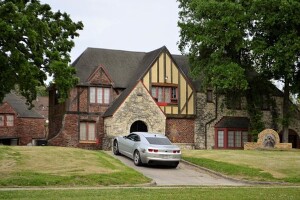
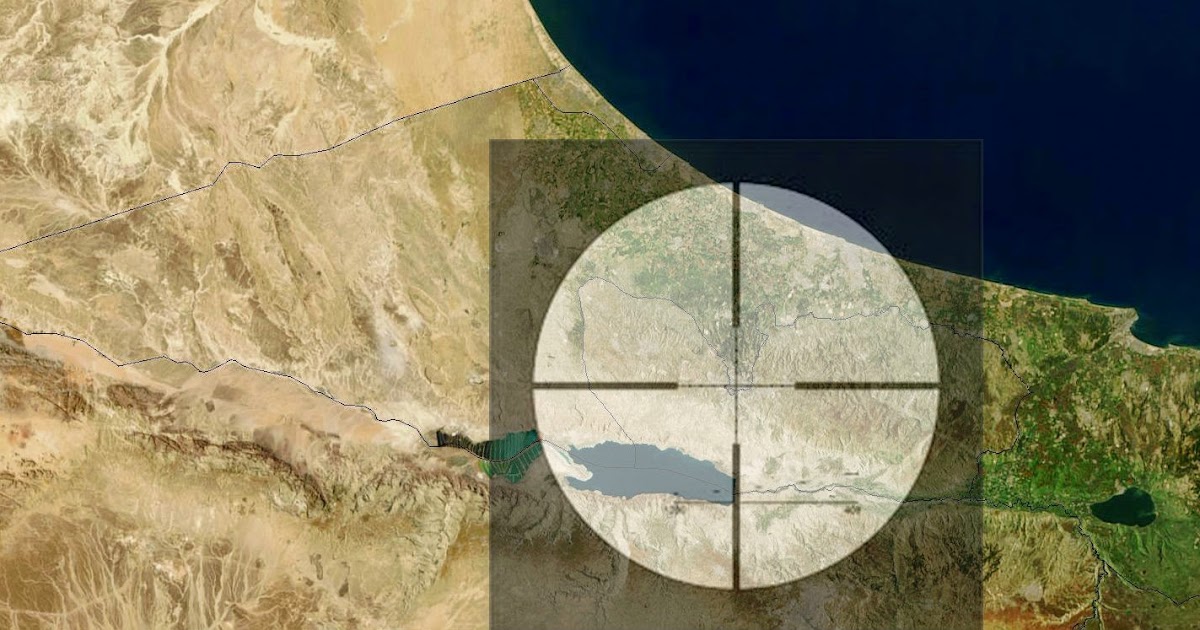
Official PA TV narrator: “The city of Jaffa… its location has a special significance because it overlooks the Mediterranean Sea, relatively warm and quiet waters, and therefore it is one of Palestine’s (sic., Israel’s) points of access to the Mediterranean Sea, and one of the country’s main gates to the west. Through it, Palestine connects to the Mediterranean Sea states and the states of Europe, Africa, and even America.” [Official PA TV, Palestinian Cities, Nov. 11, 2022]
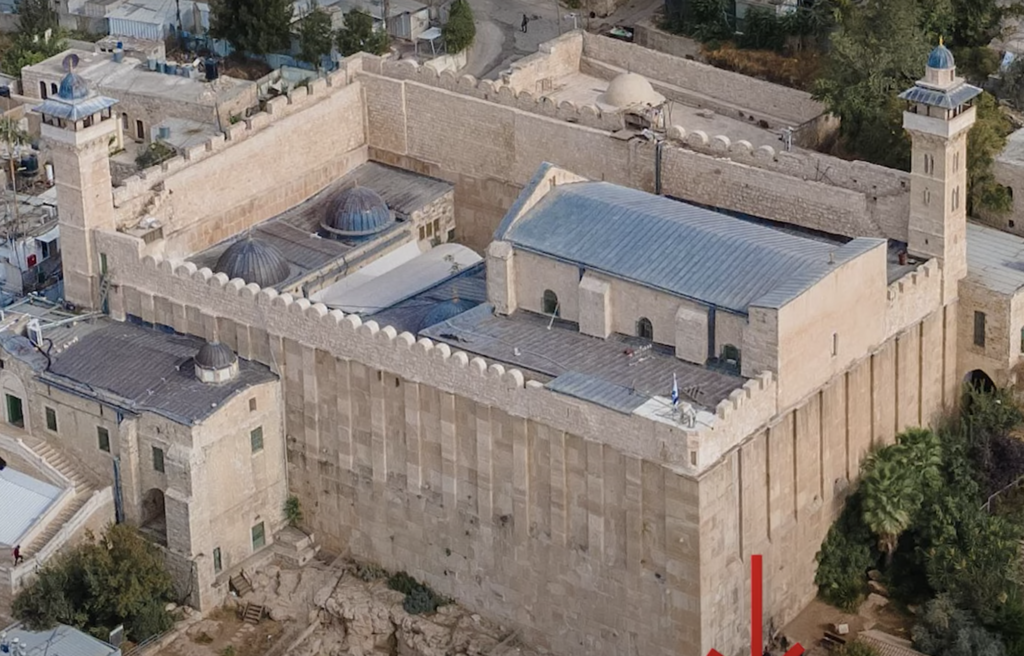
 www.israelunwired.com
www.israelunwired.com
Antiochus IV was a Seleucid monarch remembered in Jewish history for his promotion of Hellenization and suppression of religious observances. While he was battling the rival Ptolemaic kingdom in Egypt for control of the Levant, Jewish zealots rose in revolt against Antiochus and the Hellenized high priest installed in Jerusalem’s Second Temple.
Antiochus returned from Egypt and attempted to quell the uprising. After his death on a subsequent campaign in Persia, Hasmonean rebels led by Judah Maccabee and his clansmen succeeded in wresting control of Judea from the Seleucid Greeks, restoring the Temple and forming a Jewish kingdom that ruled for a century. The Hanukkah holiday celebrates the Maccabees’ victory over the Greeks and Hellenized Jews.
According to [the numismatist] Danny Synon, what is unique about the currency series that the bronze Antiochus IV coin is part of is that it was minted during what he calls an “economic experiment” conducted by the monarch in which he allowed four municipalities to mint their own local coinage. One side of the “municipality coin” usually featured a local god, said Synon, and the other side was engraved with an image connected to the local area. In the case of the recently recovered coin, one side features the king, and the other shows a ship and the name of the port city of Tyre.
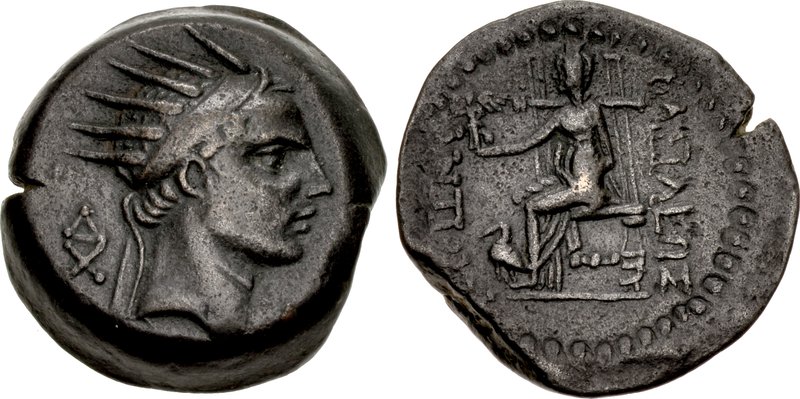
Just in Time for Hanukkah, a Coin with Its Villain’s Face Is Discovered » Mosaic
Together with a cache of looted artifacts.mosaicmagazine.com
.jpg)


 jewsdownunder.com
jewsdownunder.com
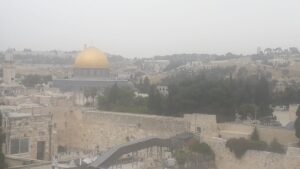
Indeed, Reuters itself has rightly cited as recently as August the “ancient temples which once stood on the site.”An earlier version of this article misstated the question that many books and scholarly treatises have never definitively answered concerning the two ancient Jewish temples. The question is where precisely on the 37-acre Temple Mount site the temples had once stood, not whether the temples had ever existed there.
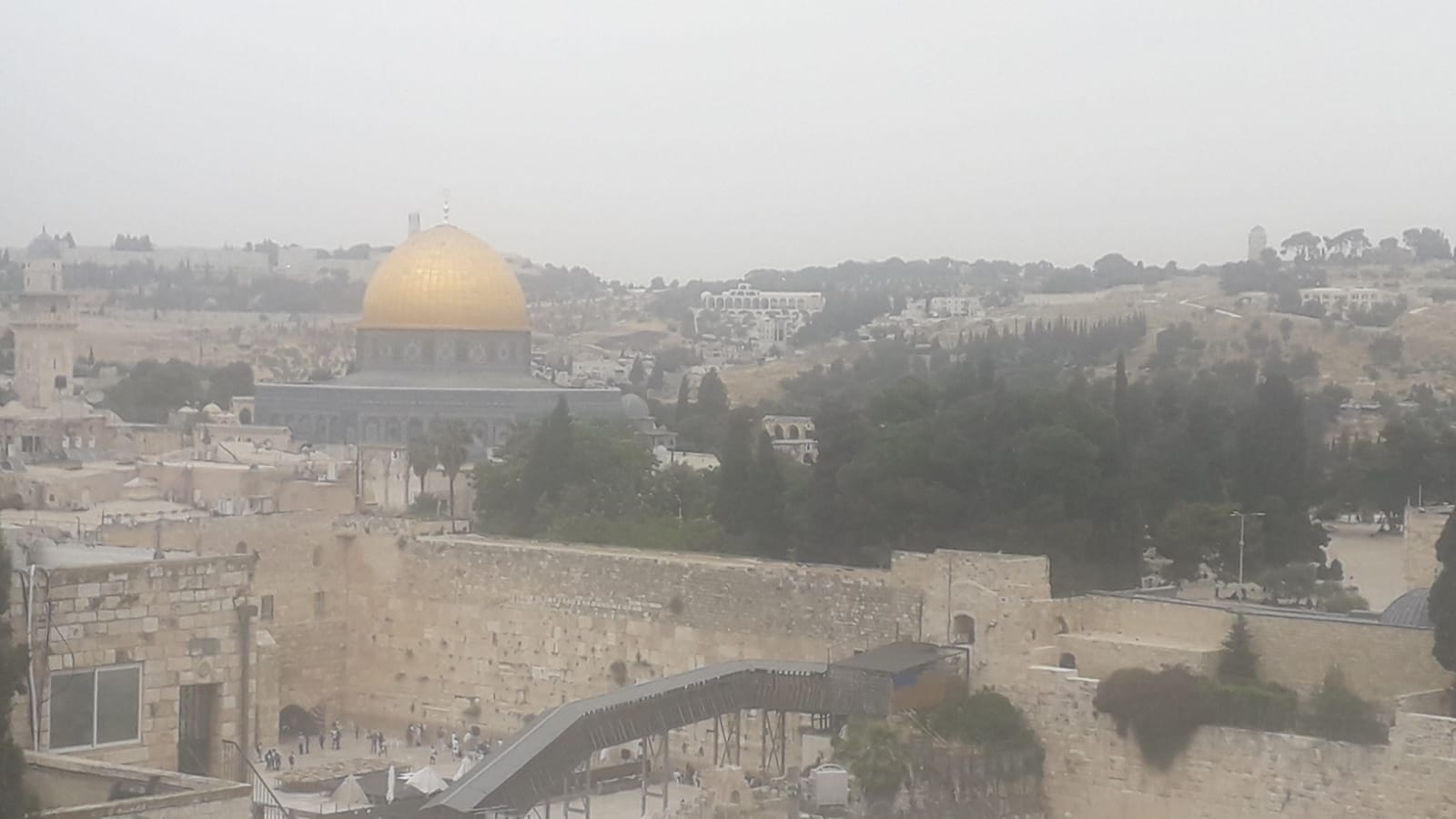





 www.jewishpress.com
www.jewishpress.com